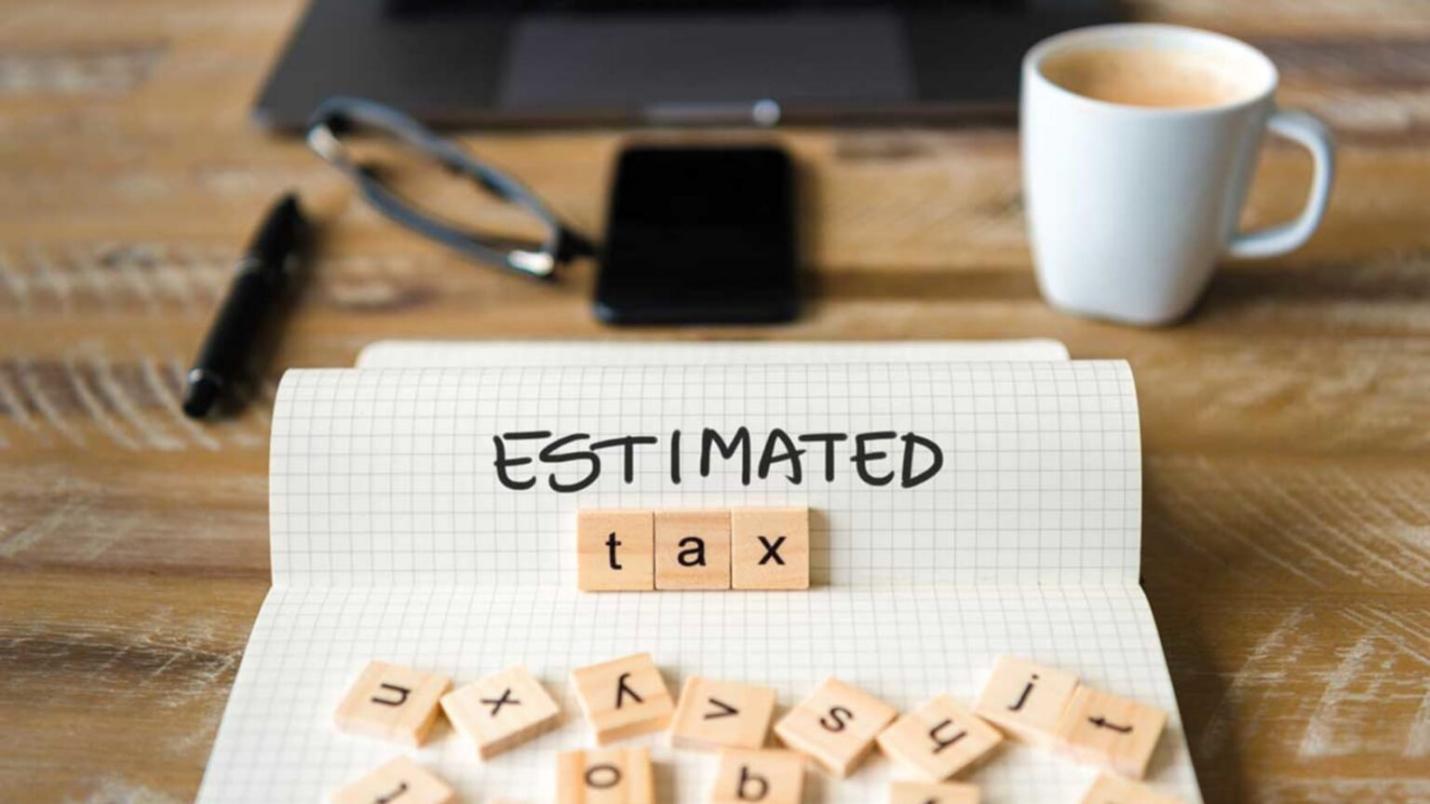Estimated Quarterly Taxes: How Who, and When to Pay?
By requiring you to turn in estimated tax payments quarterly, the Internal Revenue Service can ensure that you pay your taxes promptly. Taxes that have to be paid during the year on income that hasn't had any of it withheld by an employer are referred to as estimated quarterly tax payments. Put another way, the income you acquire results from working for yourself.
The Internal Revenue Service views taxes as something that is paid periodically. Therefore, most of an individual's owed income tax must be paid to the Internal Revenue Service within the tax year in which they earned income.
This is automatically deducted from a worker's paycheck by the employer of that worker. On the other hand, self-employed individuals who own their businesses receive income not subject to any withholding. Because of this, they must compute how much tax they owe and make payments toward it throughout the year rather than making one large payment at the end of the fiscal year.
A tax return will detail the total amount of tax owed at the end of the year and any payments made toward it throughout the year, such as withholding or estimated quarterly payments.
Preparing for Payments

It cannot be easy to ensure you don't forget to pay your estimated payments. It would help if you put a reminder on your calendar, set the alarm on your phone, or do whatever else it takes to remember these important due dates.
Putting money aside for the estimated payments due every three months might be challenging. It is possible to prevent yourself from accessing any of the money you have set aside for your taxes by setting up recurring bank transfers to occur once a month or twice a month into a certain account.
If it's tax time and you don't have the money to pay your taxes, you should still submit your taxes regardless because failing to do so can result in additional costs and penalties.
How to Pay
Many simple options are available for you to choose from when making your payments.
Electronic
You can use the EFTPS if you are confident transacting online. You will be required to sign up on their website. You will not be allowed to make any payments on the day you register, so complete this step before any payment deadlines.
On the IRS website is another electronic payment option known as Direct Pay. Direct Pay does not require registration. You won't be charged any fees when transferring directly from your bank account.
Pick one of the payment processors that the IRS recognizes as legitimate if you want to pay using a debit or credit card.
When filing your taxes electronically, you can make and schedule payments directly from your bank account.
Phone
When making payments over the phone with a credit or debit card, you can use any service providers that the IRS recognizes. Before you hand over your credit card information, it is best to inquire about the processing fees.
You also have the option to pay by phone once you have enrolled in EFTPS if that is more convenient.
You can send a check or money order for your estimated payments in the mail if you prefer to make an actual payment than an online one. This is the payment option with the lowest level of safety. Before you send in a payment, you should give some serious thought to the other possible choices.
Who Must Pay Estimated Tax
- If an individual expects to have a tax liability of $1,000 or more when submitting their return, they are required to make quarterly estimated tax payments.
- If a corporation expects to have a tax liability of $500 or more when they submit its return, then the corporation is required to make quarterly estimated tax payments.
- If your tax liability for the previous year was greater than zero, you might be required to make quarterly tax payments for the current year.
Who Does Not Have to Pay Estimated Tax

- You are exempt from making quarterly tax payments if you are paid in the form of salary and wages.
- If you get paid regularly, using the Tax Withholding Estimator can assist you in ensuring that the appropriate amount of tax is being deducted from each of your paychecks.
If you satisfy all three conditions listed below, you are exempt from paying the estimated tax for the current year.
- You were not required to pay any taxes for the previous year.
- You spent the entire year as a citizen of the United States or a resident alien.
- Your previous fiscal year consisted of a full calendar year.
When to Pay Estimated Taxes
The year is divided into four separate payment periods in estimating taxes. There is a specified payment date due at the end of each term.
Suppose the date that an estimated tax payment is due falls on a Saturday, Sunday, or a holiday that the government recognizes. In that case, you can still make the payment on time as long as you do it on the following day that does not fall on a Saturday, Sunday, or holiday.
Conclusion
To get your estimated tax payments for each quarter, you must first compute your estimated tax liability for the entire year, then divide that number by four to arrive at your quarterly tax payments. This is the total amount that must be paid to us every three months.
To avoid incurring a penalty, your estimated payments need to correspond to at least the lesser of 90% of your tax due for the current year or 100% of your tax liability for the prior year. It is important to remember that even though making estimated tax payments quarterly may seem intimidating, doing so will prevent you from being hit with a hefty tax bill when you file your annual return. This is one surprise that you can most certainly do without.




